Carpet weaving for Armenians is a traditional craft. It is very popular in all Armenian regions. An Armenian home without the national carpet is, in fact, rare to see.
ARMENIAN CARPET: HISTORY
Since the ancient times, people have used carpets as household items for everyday life. They laid them on the floors, chests, seats. Also, selling it abroad was profitable.
According to the archeological excavations, carpet weaving in Armenia actually appeared in II to I millennium BC. In addition, the ancient technique, design, and also colors are very similar the ones people use or weave in our days.
Carpets in ancient Armenia were made of wool, silk, cotton, and linen. There were various ornaments of the carpets. The ones depicting the tree of life and also, the vegetation geometric carpets which had floral decor together with images of birds and horses were particularly popular. “An eagle” and “cross” were another popular medieval symbols for the Armenian carpets.
In the Middle Ages, according to an Arabian geographer As-Saalibi, the quality of sheep wool from Armenia was on the second place, after the Egyptian wool. In addition, the Persian wool took the 3rd place.
The preparation of a wool for carpet was, however, quite difficult. The weaver had to wash the wool up to ten times in flowing water. Then, had to pull out, spin on spindles. After which, the weaver painted, fixed a paint alum, and also used salt and lime to make it shine more, then soaked in whey.
Armenians used only natural dyes. For instance, in order to produce the red color, Armenians used the famous “Vordan karmir” (Worm’s red). They received it from the Armenian cochineal or Ararat cochineal since it originated in the Ararat valley. It was also exported to different countries of the world.
Were Armenian carpets really that good?
In the 13th century, Marco Polo, an Italian merchant wrote that on the West coast of Asia Minor, the Armenians together with Greeks wove the finest carpets in the world.
Everything necessary for the development of rug weaving existed in Armenia’s mountains. Natural vegetation for dyestuff, the sheep, and what’s really important, metal salts, copper, tin, and alum, from the volcanic soil, provided all the important mordants to stabilize the dyes.
The 14th and 15th-century Armenian manuscripts depict Mary as a weaver and spinner. This, in its place, demonstrates that weaving and spinning actually played a huge part in the Armenian daily life.
Among all the other items and money, Armenia gave 20 carpets a year to the Arabian caliphate. Another example of the importance of Armenian carpets was that when a dispute arose, in order to solve the problems the Persians and the Arabs sent many gifts to each other. Among them, they especially emphasized the existence of Armenian rugs.
The Distinguishing Features of Armenian Carpets
- The main difference for the Armenian rugs is that Armenians use animal or human figures as ornaments.
- Cross-shaped ornaments are another distinctive feature. The basic pattern of this ornament is one or more crosses depicted in a frame or without it. If there are several crosses, they are arranged in rows.
- Armenian masters traditionally used double knots, which are used up to now. This is a unique and popular Armenian technology that allows the carpet to have a “long life”.
- Armenian carpets often depict the God in the form of a floral cross, a sun or a star. Usually, you can see the symbol in the center of the carpet. The entire composition of carpets often represents the God in the center of the universe.
- There absolutely is no symbol of evil in the Armenian carpet weaving.
- Armenian carpets often depict dragons. Sometimes, however, there are carpets on which two dragons are fighting, a good one and a bad one. The branches of the Tree of Life are a symbol of victory for the good one.
ARMENIAN CARPETS TODAY
Unfortunately, the Armenian carpet gradually loses the importance it had before. Numerous museums which exhibit the Armenian rugs, call them “Caucasus”. Many people do not even think that these carpets are the works of a Christian nation rather than Muslim.

Armenian carpet depicting the Armenian Alphabet
“The first scientists who were interested in carpet weaving were taking their initial information from the cities which sold the carpets. These cities, however, were in Syria, Lebanon, Persia, Turkey, Arab countries, and so on. They called the carpets whatever name the city they purchased it from had. As a result, Armenian rugs were imprinted with non-Armenian names,” says Ashkhunj Poghosyan.
Today, mostly foreigners purchase Armenian carpets. The number of Armenian buyers is not high. Now the Armenians sell their old carpets instead of buying one. The square meter of a new carpet costs about one hundred dollars, and the old carpet – fifty dollars. As the saleswoman Nara explains, selling old carpets is not that easy, so often, people buy the newer carpets.
By the way, Uldrich Sourman, a researcher of carpet weaving, assures that Armenians are the first carpet weavers. Also, the Urartians or the early Armenians are the creators of the oldest carpet in the world, called Pazuruk (5th century BC).
THE CARPET FESTIVAL
in Dilijan
Dilijan (Tavush region) is a very popular spa which has curative mineral springs. Forests and Alpine meadows cover the surrounding mountains. The climate is quite mild. Armenians believe that paradise most probably looks like Dilijan.
The Armenian carpet festival annually takes place here in Dilijan since it used to be a famous carpet-making industrial center in old times. The festival features masters from all regions of Armenia and Nagorno-Karabakh. It usually takes place on the second Saturday of August.
Foreign carpet-makers can also participate. Apart from the traditional carpet exhibition and sales, guests will also have an opportunity to enjoy the masterpieces of Armenian applied art.
You will see handmade items and carpets from both Armenia and Karabakh at the festival. The aim of the festival is, in fact, to develop the social and economic life of Dilijan and to attract tourists. And, of course, to remind people the importance and the beauty of Armenian carpets.
The colors and the variety of ornaments of Armenian carpets will amaze you. The rich colors and unique patterns that carry Armenian culture and history, the whole love and energy of Armenian handmade crafts… That’s what makes the Dilijan carpets special.
There is also a show program related to the theme of the festival, as well as the national cuisine and handmade decorative works. The Karabakh Carpet Museum, the carpets of which have a history of millenniums, also make exhibitions.
In the end…
By visiting this mysterious city, you will not only feel the freshness of the trees and flowers, the charm and power of the historical and cultural monuments, but you will also have the opportunity to get acquainted with this branch of art, and, why not, bring these unique samples of handmade art to your home.


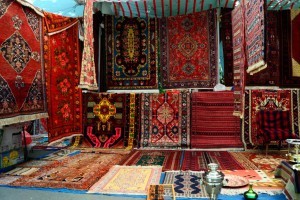
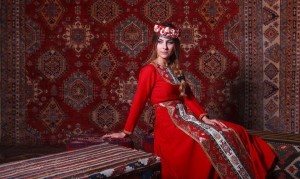
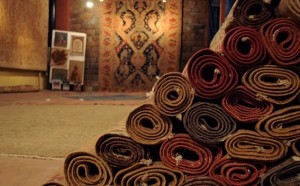
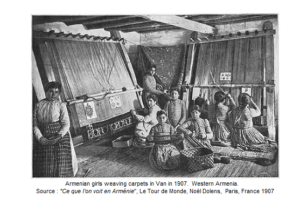


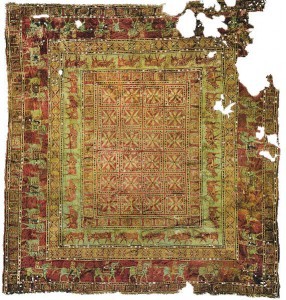
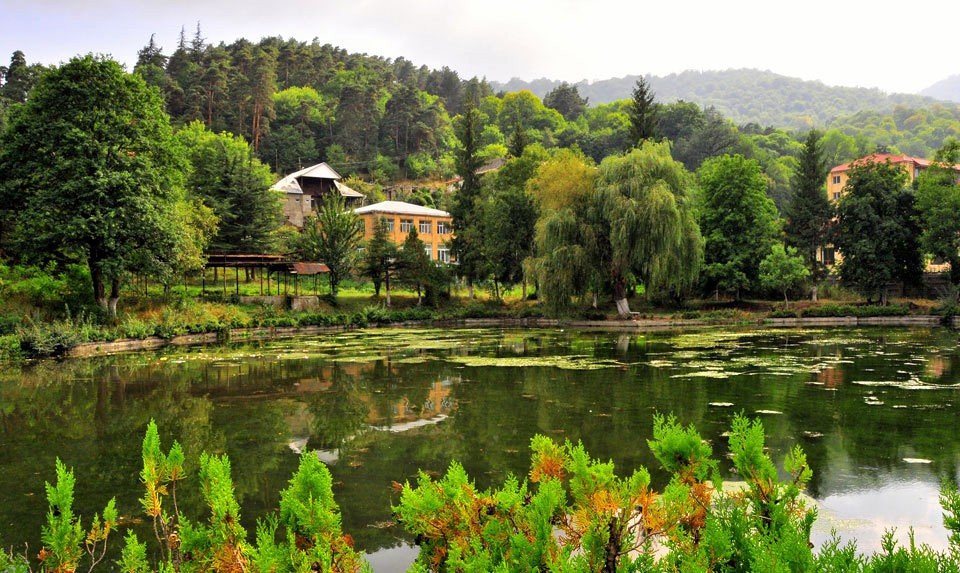










Leave a Comment